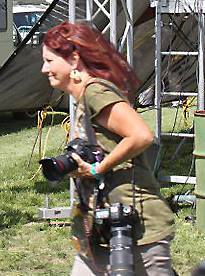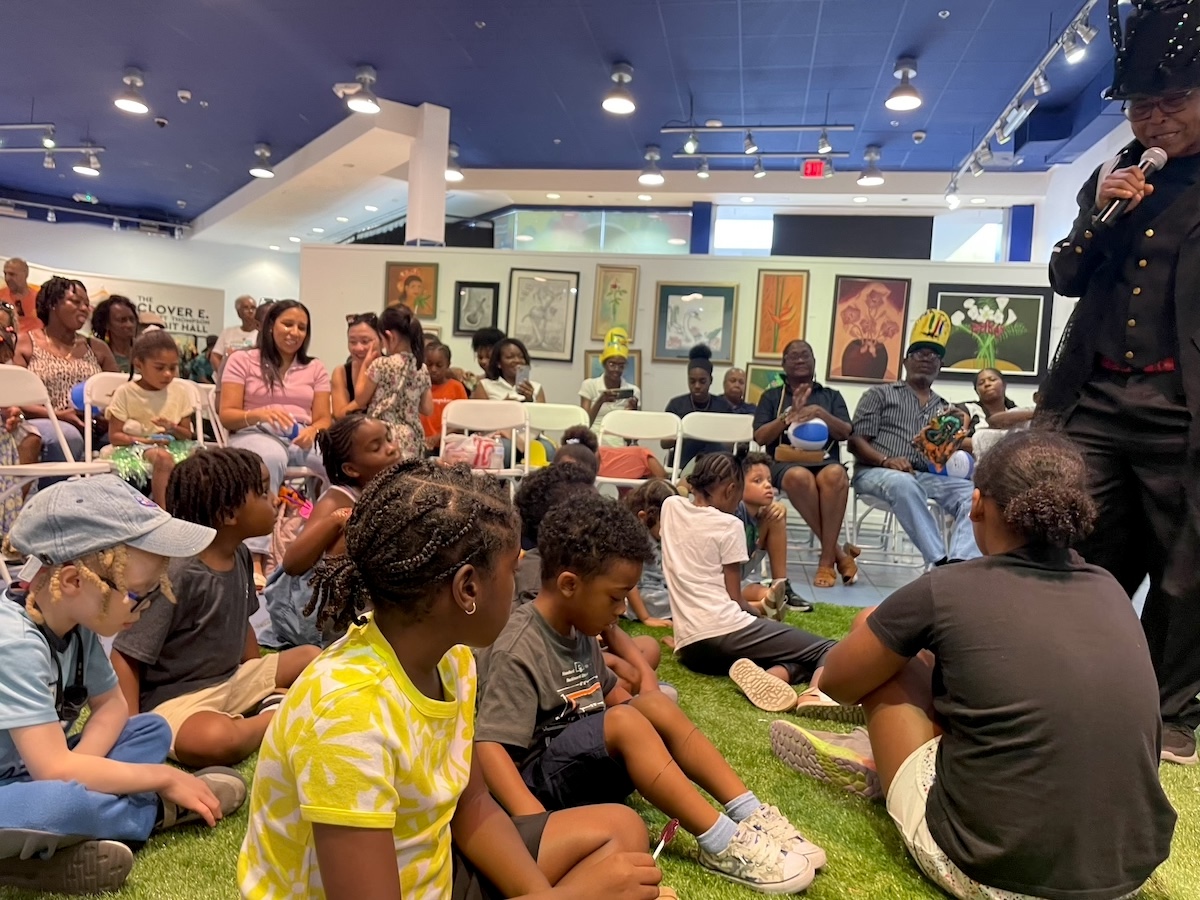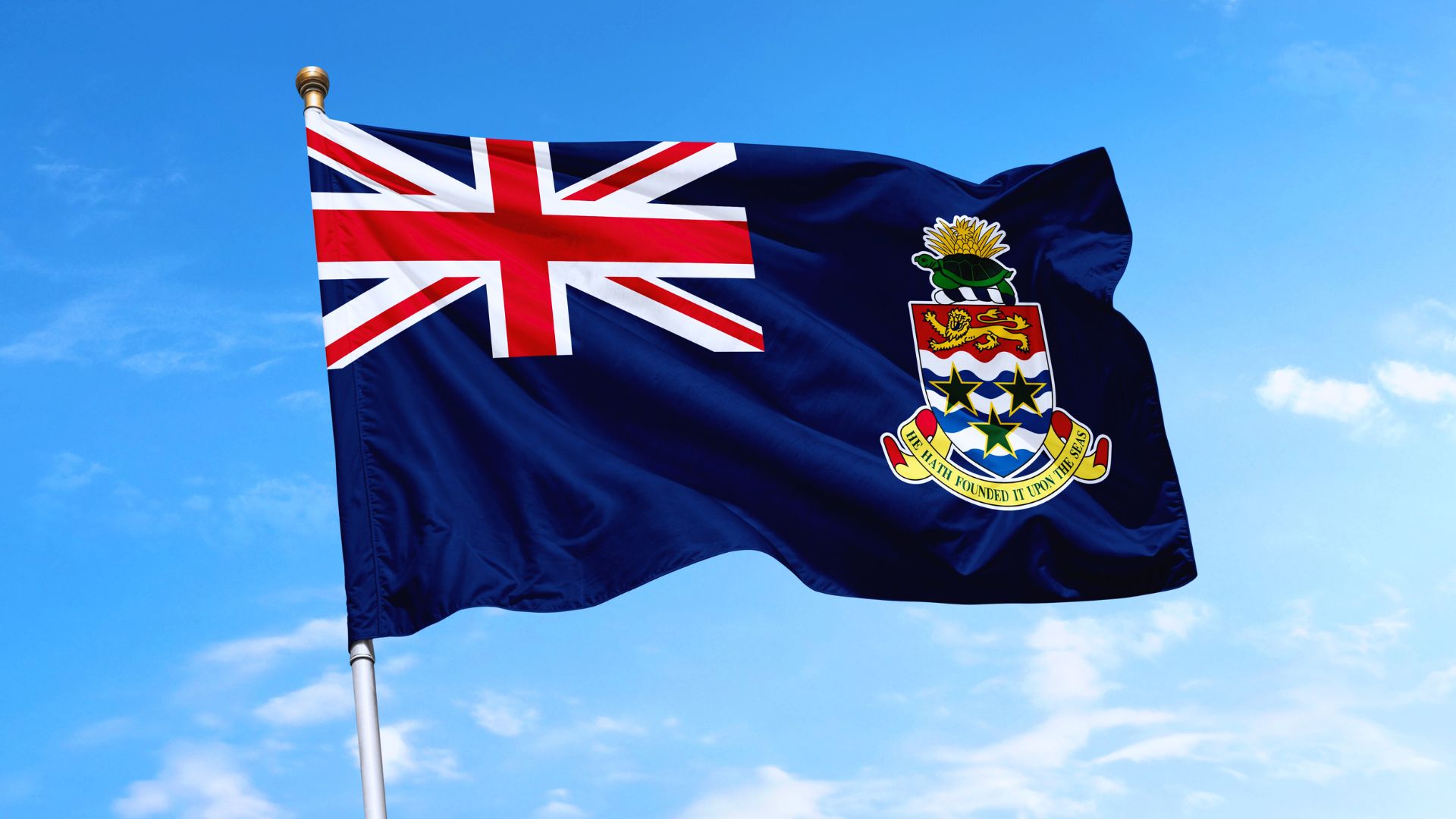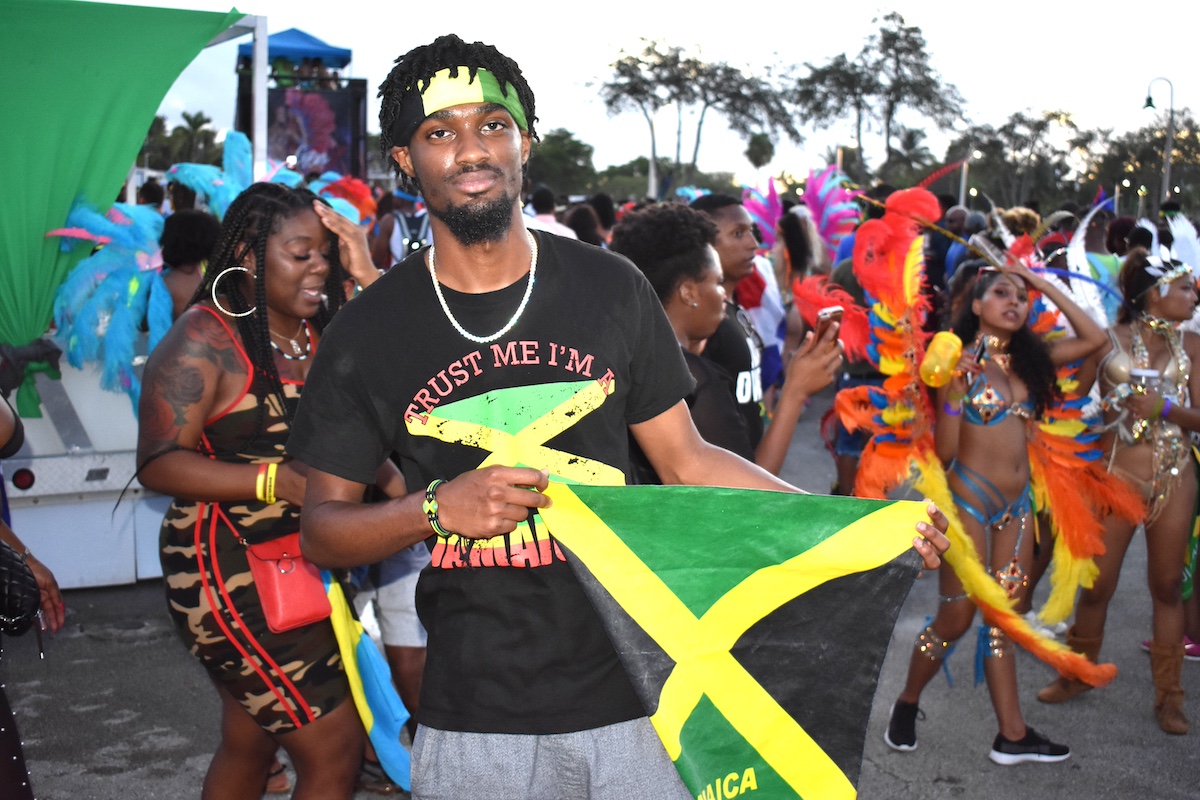When discussing reggae music, the word artist almost always refers to the singer or members of a band. Other supporting elements of the music industry are often overlooked or undervalued. Most everyone recognizes the significance of managers, legal and business consultants, publicists, promoters and others involved in facilitating performance. However, another group of artists made up of photographers, videographers, graphic artists, backdrop and banner designers, as well as poster/flier art are less recognized. Many of these visual artists use their creative skills to enhance, capture, promote and market individual artists while at the same time creating a historical visual legacy.
Over the past fifteen years, I have learned that reggae photographers are rarely paid. In addition, they may sometimes struggle to gain access, and way too often, their photography is not properly credited when used by artists and promoters. Those who do not work professionally as a photographer may not realize the heavy burden of weight from carrying one or two cameras, multiple lenses, camera bags and accessories. Festival photographers can often be on their feet up to twelve or more hours straight, sometimes running from stage to stage, often without food or water. Sometimes, just finding a good time to use the latrine becomes a gamble when the festival is tightly organized. It is true that photographers are often rewarded with special access, usually in a photo pit, which indeed is well earned positioning. However, it should also be noted that most serious photographers do not have the ability to enjoy a festival or show in the same capacity as those who are there to party. It is hard work and sacrifice.
The reggae photographers I have come to know are happy, serious minded professionals who work well with each other forming a unique “camera-derie”. Most do what they do for the love of the music. That is an honorable and noble cause and for many years their work has promoted and supported artist performances. It is also important to understand that shooting is just the beginning. Most people have little understanding how much time is actually involved post show, downloading and selecting, photo-shopping, watermarking and saving specific sizes based on end use (print vs internet). It is not commonly known that often a photographer is contacted a few months after the show with requests for immediate photographs. The amount of invested time is major and the outcome is a building expectation by some of the performing artists and/or festival/venue promoters to have photos available on demand. This then becomes a labor of love with no compensation.
The issue is much bigger than pay. The resolution to a viable reggae music industry is to build a business structure that has accountability, credibility, mutually beneficial guidelines and personal ethics that demonstrates a serious, professional business. When contributing members are undervalued, the whole industry is seen as grass roots, inexperienced and raggamuffin. Photography is just one aspect of artistic supporters who enhance and legitimize the credibility of the business. It will take more than a musical revival to define appropriate expectations that raise the level of reggae business from grassroots to a smooth operating machine lucrative to all who participate.
About the Author
Sista Irie, reggae photojournalist and radio host of the Conscious Party, Austin, Texas and Westmoreland, Jamaica. Visit her site @ www.consciousparty.com






